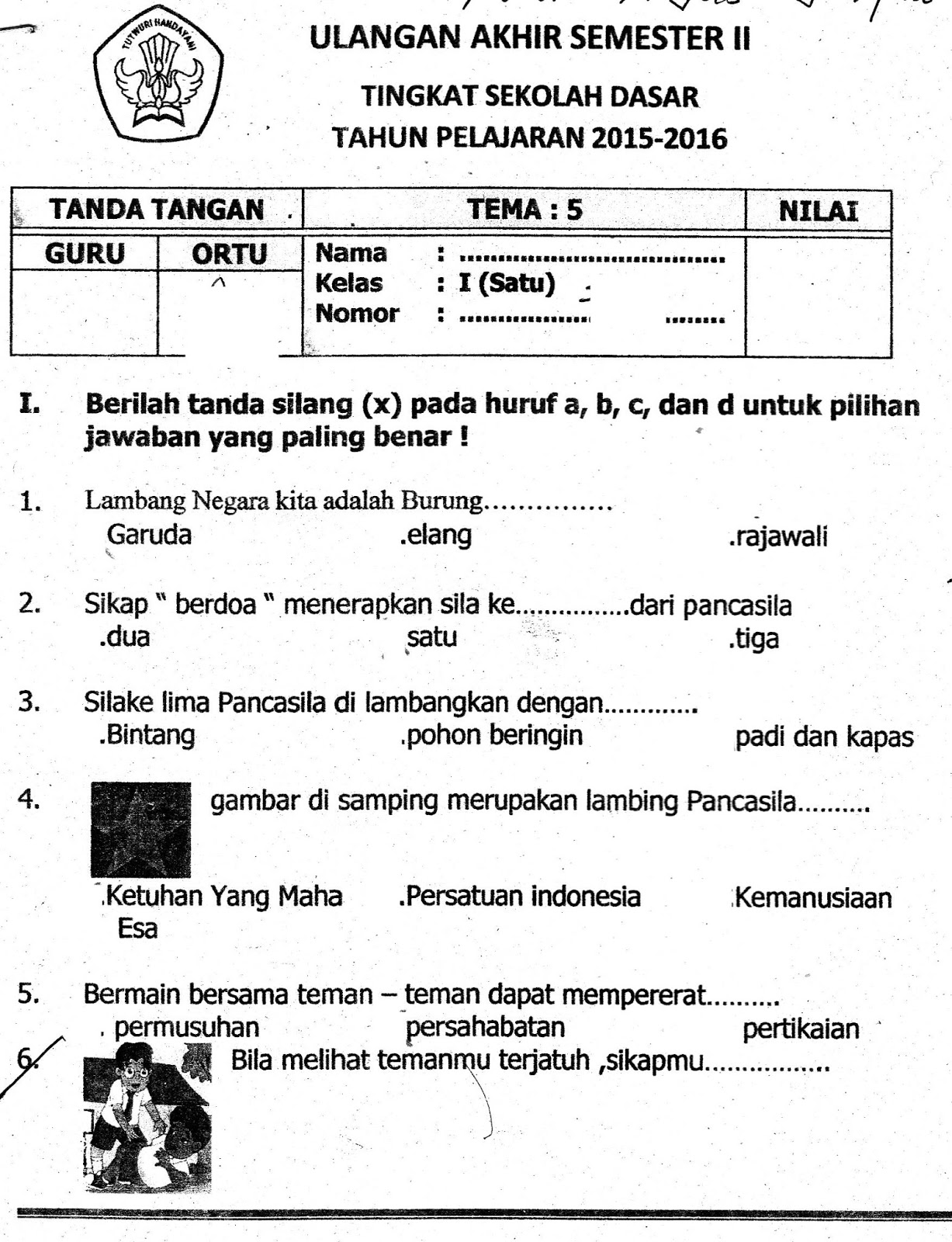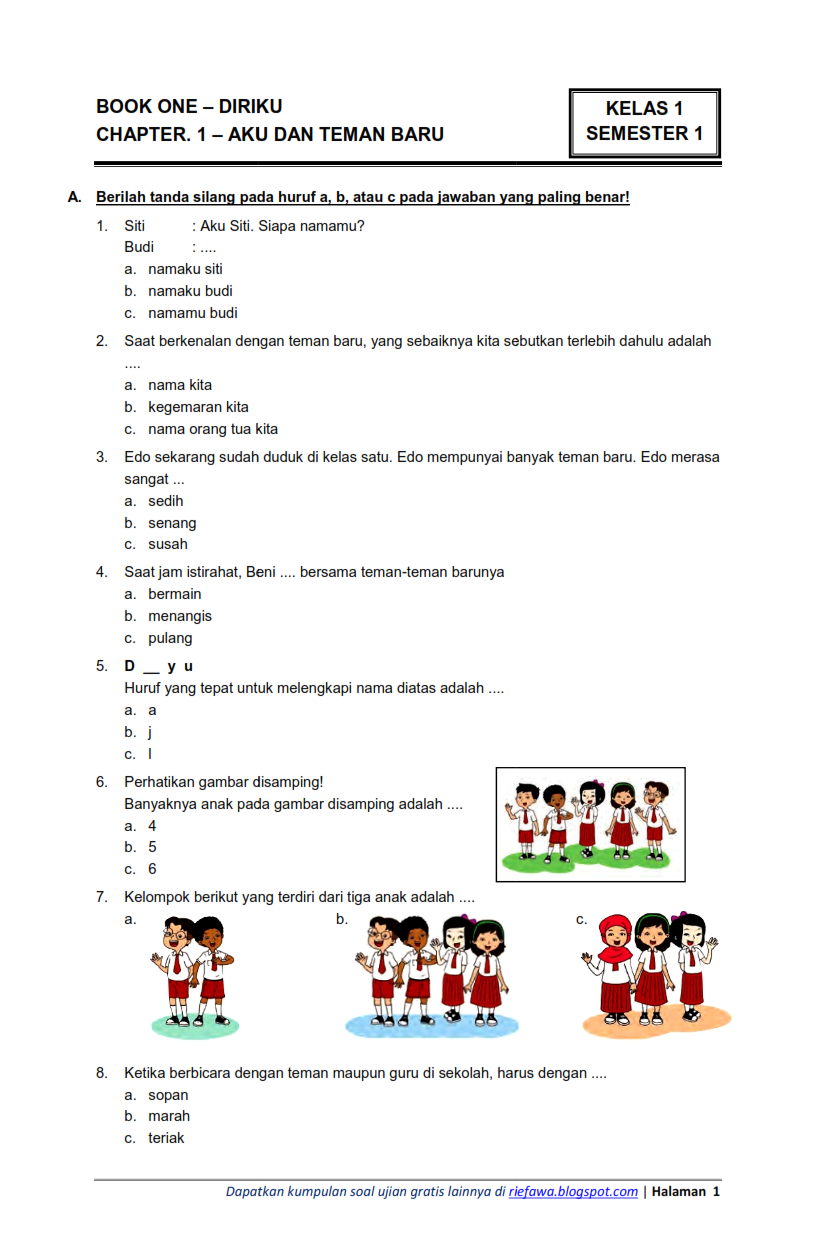a. Importance of English Language Learning for Grade 3 Students
b. Focus on Practical Application Through Exercises
c. Structure of the Article
II. Vocabulary Exercises
a. Matching Pictures and Words
b. Fill in the Blanks with Appropriate Vocabulary
c. Sentence Construction Using Given Vocabulary
III. Grammar Exercises
a. Identifying Parts of Speech (Nouns, Verbs, Adjectives)
b. Sentence Formation: Subject-Verb Agreement
c. Simple Present Tense Exercises
d. Using Question Words (Who, What, Where, When, Why)
IV. Reading Comprehension Exercises
a. Short Story with Comprehension Questions
b. Identifying Main Idea and Supporting Details
V. Writing Exercises
a. Sentence Writing Based on Pictures
b. Simple Paragraph Writing
VI. Speaking Exercises (Suggestions for Teachers)
a. Role-Playing Simple Conversations
b. Describing Objects/Pictures
VII. Conclusion
a. Recap of Exercise Types
b. Importance of Consistent Practice
c. Encouragement for Students and Teachers
Body:
The importance of English language learning for young learners cannot be overstated. Starting early provides a strong foundation for future academic success and global communication. For Grade 3 students, focusing on practical application through engaging exercises is crucial for building confidence and fluency. This article provides a comprehensive range of exercises designed to enhance various aspects of English language skills, catering to the learning styles and abilities of young learners.
II. Vocabulary Exercises:
Vocabulary forms the bedrock of language proficiency. These exercises aim to build a strong vocabulary base through fun and interactive activities:
-
Matching Pictures and Words: Present students with a series of pictures depicting common objects, animals, or actions. Provide a list of corresponding words, and ask students to match each picture with its correct word. For example, images of a cat, dog, sun, and tree could be matched with the words "cat," "dog," "sun," and "tree."
-
Fill in the Blanks with Appropriate Vocabulary: Provide sentences with missing words, and ask students to fill in the blanks using a provided word bank. This exercise reinforces vocabulary usage in context. For example: "The is blue. (sky)" or "The cat is sitting on the . (mat)"
-
Sentence Construction Using Given Vocabulary: Give students a list of words and ask them to create simple sentences using all the words. This activity encourages creative thinking and sentence structure development. For example, using the words "big, red, ball, boy," a student might write, "The boy has a big, red ball."
III. Grammar Exercises:
Grammar provides the structural framework for language. These exercises will focus on fundamental grammar concepts:
-
Identifying Parts of Speech (Nouns, Verbs, Adjectives): Present students with sentences, and ask them to identify the nouns, verbs, and adjectives. This exercise helps students understand the function of different word classes. For example, in the sentence "The playful puppy chased the red ball," "puppy" is a noun, "chased" is a verb, and "playful" and "red" are adjectives.
-
Sentence Formation: Subject-Verb Agreement: Provide students with subjects and verbs and ask them to create grammatically correct sentences, ensuring subject-verb agreement. For example: "The dog (run/runs)," "The cats (play/plays)." The correct sentences would be "The dog runs" and "The cats play."
-
Simple Present Tense Exercises: Practice using the simple present tense by having students create sentences about daily routines or habitual actions. For example, "I eat breakfast every morning," "She goes to school by bus."
-
Using Question Words (Who, What, Where, When, Why): Present students with scenarios and ask them to formulate questions using appropriate question words. This exercise enhances their understanding of question formation and information gathering. For example, given a picture of a child eating an apple, students could ask: "Who is eating the apple?", "What is the child eating?", "Where is the child eating?"
IV. Reading Comprehension Exercises:
Reading comprehension is vital for language development. These exercises focus on improving understanding and critical thinking skills:
-
Short Story with Comprehension Questions: Present students with a short, age-appropriate story and follow up with comprehension questions that assess their understanding of the plot, characters, and main ideas. Questions can range from simple recall questions to more inferential questions.
-
Identifying Main Idea and Supporting Details: Provide students with short paragraphs and ask them to identify the main idea and the supporting details. This exercise helps them discern the most important information from supporting evidence.
V. Writing Exercises:
Writing strengthens language skills and encourages expression. These exercises promote clear and concise writing:
-
Sentence Writing Based on Pictures: Show students a series of pictures and ask them to write simple sentences describing what they see. This encourages observation skills and sentence construction.
-
Simple Paragraph Writing: Give students a topic, such as their favorite animal or a recent event, and ask them to write a short paragraph about it. This exercise develops their ability to organize thoughts and express them in writing.
VI. Speaking Exercises (Suggestions for Teachers):
Speaking practice is essential for fluency. Teachers can incorporate the following activities:
-
Role-Playing Simple Conversations: Create scenarios for students to role-play, such as ordering food at a restaurant or asking for directions. This builds confidence in speaking and practical language use.
-
Describing Objects/Pictures: Show students objects or pictures and ask them to describe them in detail, using descriptive adjectives and vocabulary.
VII. Conclusion:
These exercises provide a comprehensive approach to enhancing English language skills for Grade 3 students. Regular practice of vocabulary, grammar, reading, writing, and speaking activities is crucial for building a solid foundation in English. Consistent effort and engaging activities are key to success. Encourage students to embrace the learning process and celebrate their progress. Remember that patience and positive reinforcement are vital for fostering a love of learning and building confidence in their English language abilities. By incorporating these exercises and adapting them to suit individual student needs, teachers can effectively facilitate language acquisition and empower young learners to communicate confidently in English.








Leave a Reply